Located in a remote area on the South Island of New Zealand (NZ), 208 kilometres north of Christchurch, the chargers use two 50 kWdc chargers, supported by three 130 kWh battery energy storage system (BESS) units, which charge overnight during a low demand period.
Built in collaboration with Melbourne-headquartered battery technology startup Relectrify the project has been two years in the making and designed to remove “charging deserts” on the South Island.
Meridian Principal Product Manager Tim Calder said the remote location of Springs Junction means that the local lines network can only supply this site with enough energy to boil a jug between the hours of 4 am and 11 pm before it starts to impact the power supply for residents.
“To get around this this, our Zero chargers are supported by three 120 kWh battery energy storage system (BESS) units, which use recycled Nissan Leaf batteries,” Calder said.
“These BESS units will charge overnight between 11 pm and 4 am, when the pressure on the line networks is at its lowest, before releasing power through the chargers during the day as needed.”
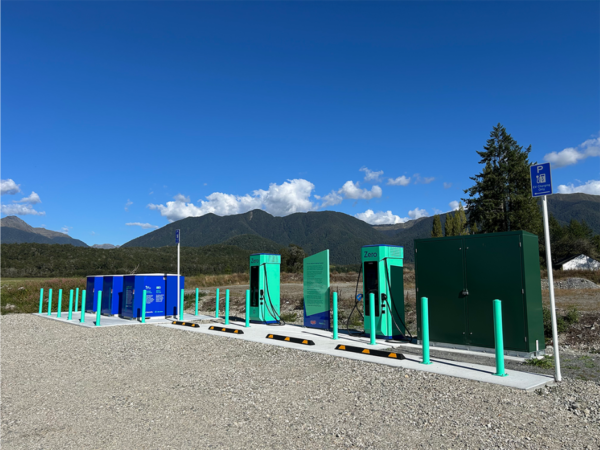
Image: Meridian Energy
The Springs Junction site faced multiple delays in the commissioning due to the remote location and network restrictions.
“Our team had to come up with solutions for scenarios and challenges that we didn’t even know existed. The team at Relectrify were amazing to deal with. With their help, we reconfigured the code in which the BESS units operate on to ensure they would only pull electricity from the grid when there was energy available. It was a massive project, but we’re thrilled to have it live,” Calder said.
“We’ll be keeping a close eye on the site to determine whether we need to make any changes to ensure these chargers meet the needs of as many EV drivers as possible.”
Calder added that in the meantime, drivers are urged to only take what they need as there are currently limited kWh available.
“This is a long way from a normal EV charging set-up, but it’s a great example of Kiwi ingenuity and doing what’s needed to get the job done for our customers,” Calder said.
The Springs Junction site is co-funded by Energy Efficiency and Conservation Authority’s (EECAs) low emission transport fund.
This content is protected by copyright and may not be reused. If you want to cooperate with us and would like to reuse some of our content, please contact: editors@pv-magazine.com.
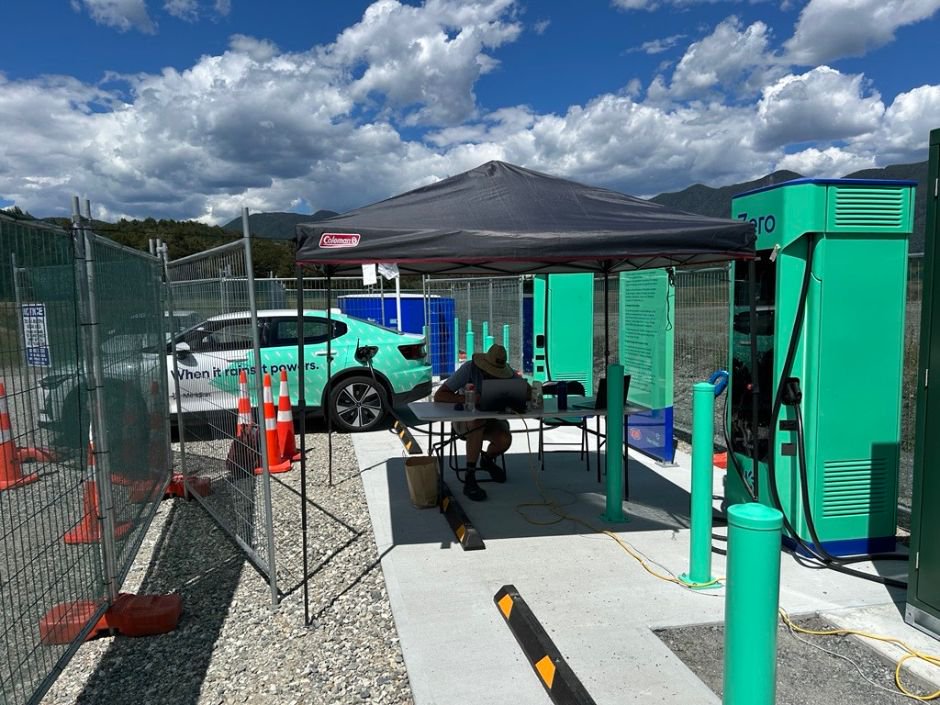
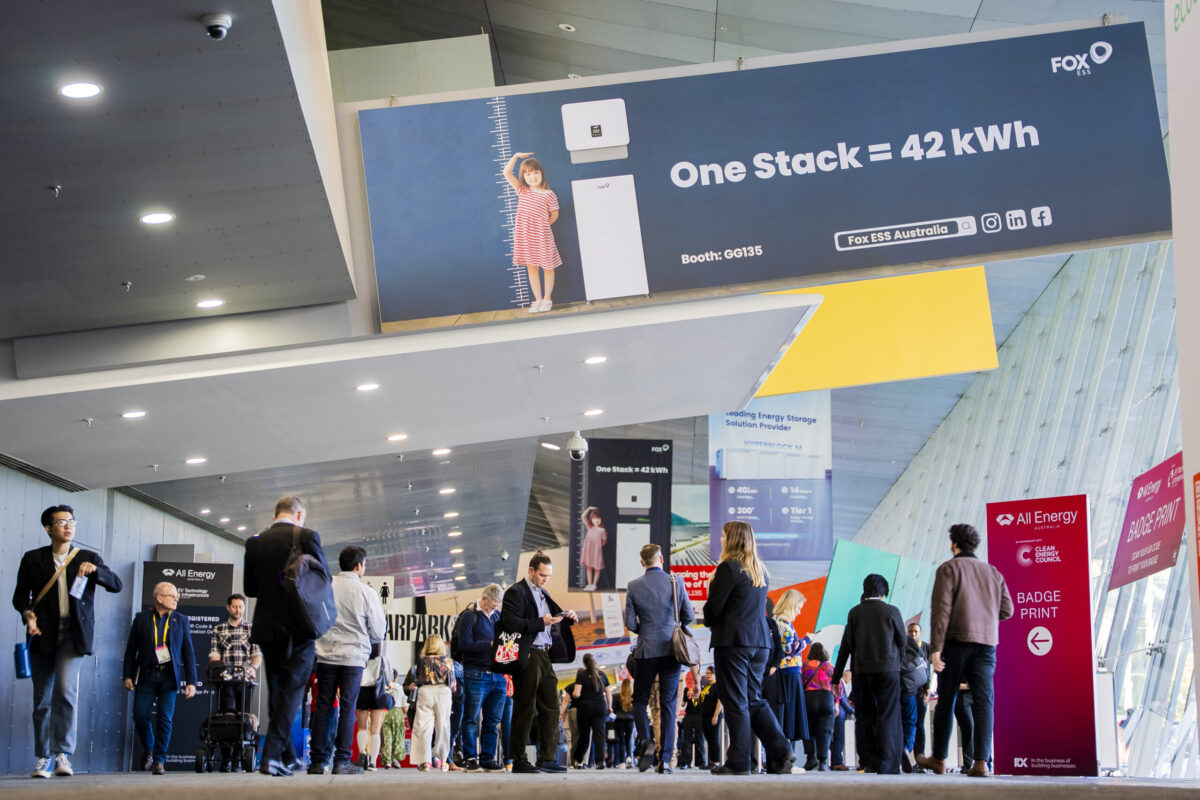




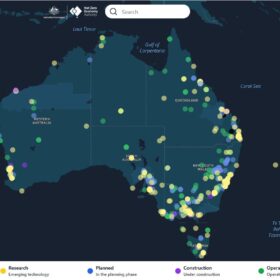

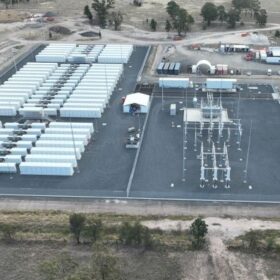
1 comment
By submitting this form you agree to pv magazine using your data for the purposes of publishing your comment.
Your personal data will only be disclosed or otherwise transmitted to third parties for the purposes of spam filtering or if this is necessary for technical maintenance of the website. Any other transfer to third parties will not take place unless this is justified on the basis of applicable data protection regulations or if pv magazine is legally obliged to do so.
You may revoke this consent at any time with effect for the future, in which case your personal data will be deleted immediately. Otherwise, your data will be deleted if pv magazine has processed your request or the purpose of data storage is fulfilled.
Further information on data privacy can be found in our Data Protection Policy.